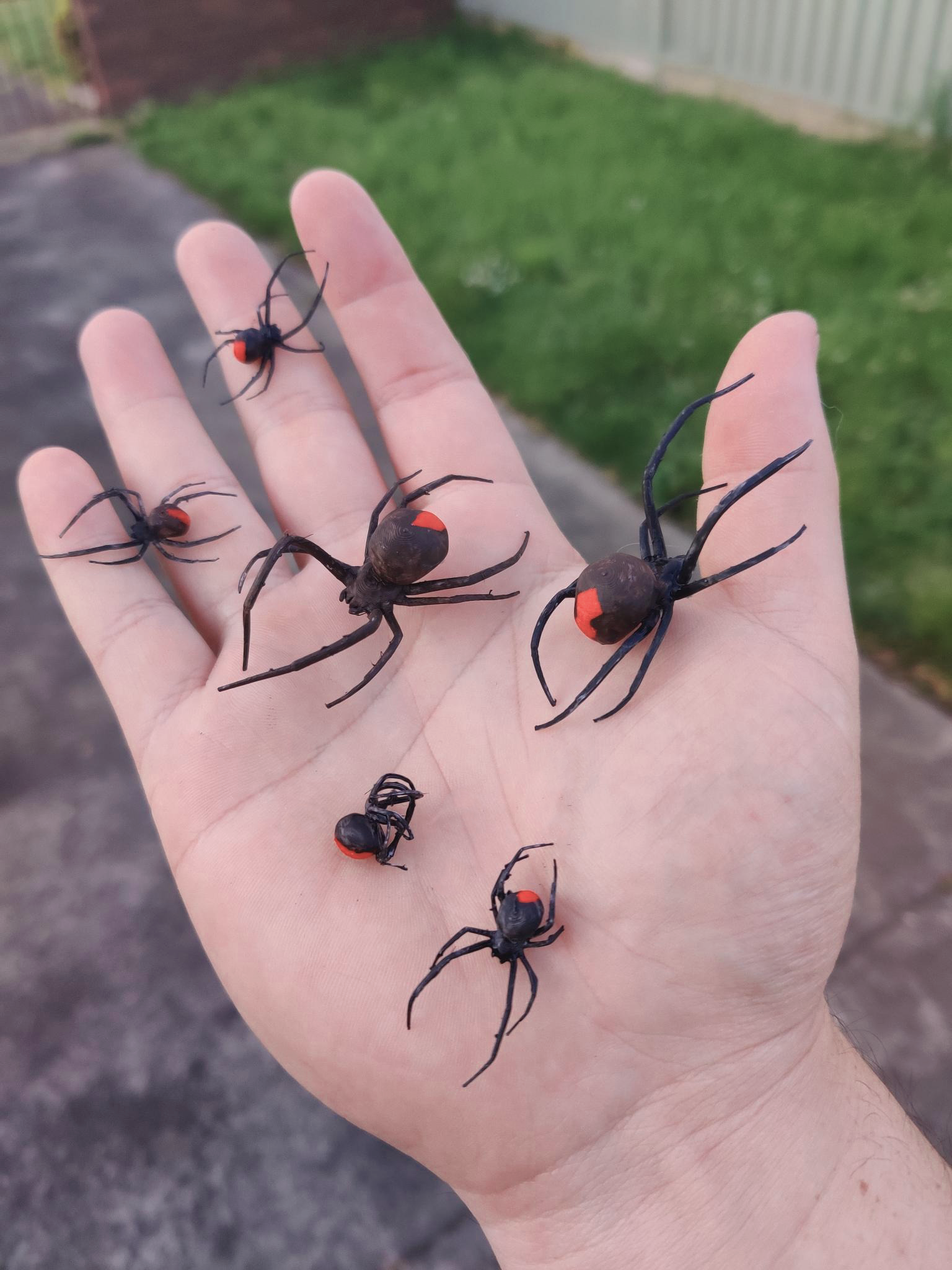3DPrinting
3DPrinting is a place where makers of all skill levels and walks of life can learn about and discuss 3D printing and development of 3D printed parts and devices.
The r/functionalprint community is now located at: or !functionalprint@fedia.io
There are CAD communities available at: !cad@lemmy.world or !freecad@lemmy.ml
Rules
-
No bigotry - including racism, sexism, ableism, homophobia, transphobia, or xenophobia. Code of Conduct.
-
Be respectful, especially when disagreeing. Everyone should feel welcome here.
-
No porn (NSFW prints are acceptable but must be marked NSFW)
-
No Ads / Spamming / Guerrilla Marketing
-
Do not create links to reddit
-
If you see an issue please flag it
-
No guns
-
No injury gore posts
If you need an easy way to host pictures, https://catbox.moe/ may be an option. Be ethical about what you post and donate if you are able or use this a lot. It is just an individual hosting content, not a company. The image embedding syntax for Lemmy is 
Moderation policy: Light, mostly invisible
view the rest of the comments

Haha, I love it!
I have zero experience with 3d printing, but I look at creative uses like this from time to time. After reading this mask printing post yesterday, are there any special considerations needed to be taken before printing tiny structures like those spider legs?
I see little spider "leg hairs" on some of them, and I think that really adds to realism of the spider, but would that be an issue in other prints?
If this is a really complicated answer, feel free to say so or if you can give me some technical terms for some of the potential issues, I have no problem googling them myself, I just wouldn't know where to start on my own.
Edit: If you are into harmlessly creeping people out at Halloween, you may have interest in my Meat Hand Meatloaf I posted the other day. It's a zombie hand meatloaf, which is great looking in a terrible way also, like the spiders!
There are a few considerations I do in the design phase to eliminate possible issues and clean up. Supports and rafts can effect surface finish unless you have nailed the settings, so I try to avoid this.
The legs are printed flat on the print bed, this gives strength to the legs and also helps with bed adhesion. Also helping with bed adhesion is the single outline of the spider, issues often occur during layer changes and so eliminating the amount of times the nozzle leaves the print the better.
The leg hairs are a result of the nozzle leaving the print to go somewhere else, leaving behind extra material that stretches thin as the print head moves away. There are settings to stop this from happening like print-head and material retractions, coasting distance settings and Z hopping.
Learning the material science can be done via a lot of trial and error ha, and google. With FDM printing, it's handy to know how thermoplastics work, but also knowing how your 3D printer works can result in more reliable prints.
There is always settings you will need to dial in, but I've found each individual print file can be tweaked to; make it print quicker, get better quality, make things stronger, give things more flex. SO MANY SETTINGS it can get a little overwhelming.
It usually goes, "google search 'why is x happening with my 3d prints'" "Answer: Adjust that setting you've been avoiding or didn't know about" or "you're printing too quickly" (slowing down prints solved most of my issues with quality, going against my need for speed)
Slicers (programs that you print from) usually give you a good description of what each setting does.
Meatloaf looked yum, wanted a finger 👍
Thank you so much for the awesome response! You were able to confirm a few of my guesses how done things were done and also given me a few new things I can read more about.
After seeing the spiders and reading that mask thread, the print head retraction had me interested since I could apply some experience I did have, cake decorating, which thinking about it now, is fairly similar to 3D printing. You've got semi-solid but sticky ingredients, and the icing coming out doesn't just stop and cut off cleanly when you pull back from what you're working on. That's immediately what I thought of with your spider legs and how I thought you used it to your advantage.
I find it so encouraging whenever I see this. It's always easy to see someone's end result and think that was just whipped out perfect on the first try. Most computer projects I do work this way, and I see lots of programming humor jokes that essentially say the same thing. "I'm not a good X, I'm a good Googler!"
Hah, I'm glad you have that a look! The fingers were my favorite part due to the higher ratio of crispy bits!
Thanks again for the great reply!